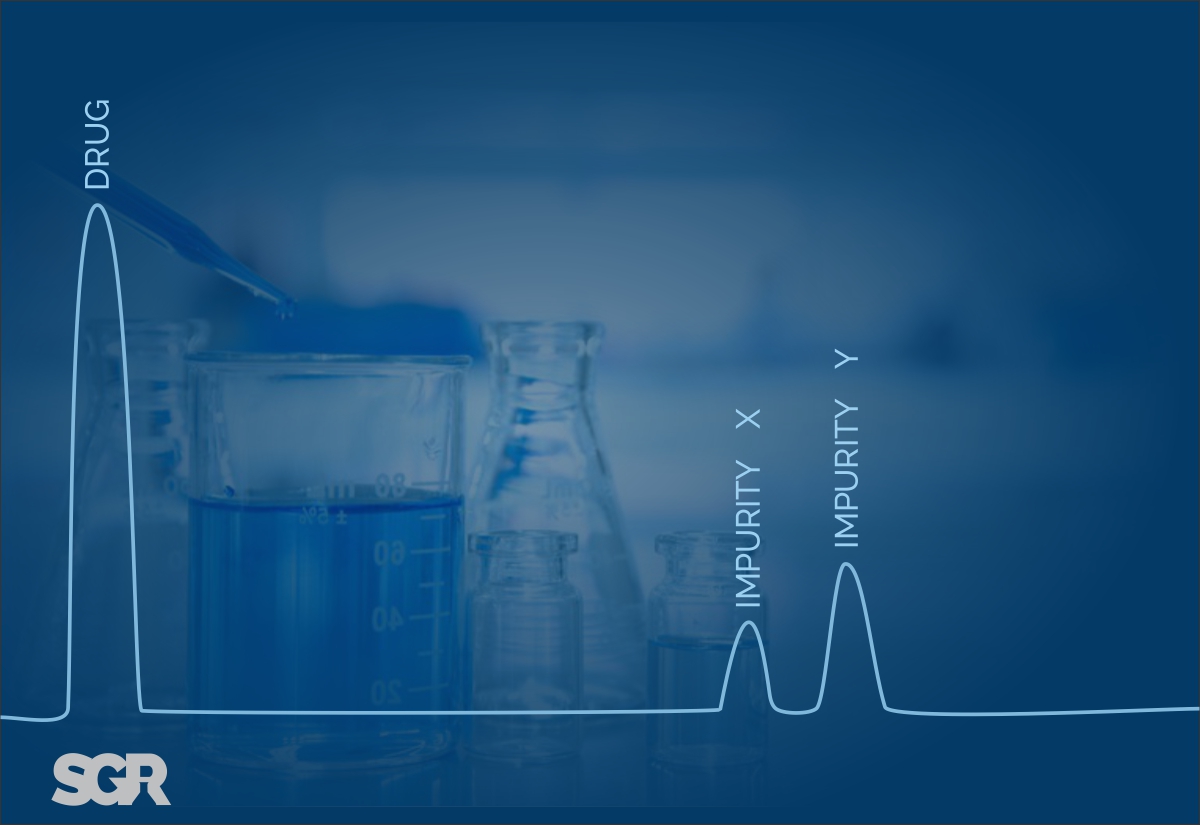
Sources of Impurities in Pharmaceutical Substances
August 10, 2018
The origin of impurities in drugs is from various sources and phases of the synthetic process and preparation of pharmaceutical dosage forms. Majority of the impurities are characteristics of the synthetic route of the manufacturing process. There are several possibilities of synthesizing a drug; it is possible that the same product of different sources may give rise to different impurities.
According to the ICH impurities are classified as organic impurities, inorganic impurities and residual solvents.
Organic impurities may arise from starting materials, by products, synthetic intermediates and degradation products. Inorganic impurities may be derived from the manufacturing process and are normally known and identified as reagents, ligands, inorganic salts, heavy metals, catalysts, filter aids and charcoal etc.Residual solvents are the impurities introduced with solvents. Of the above three types, the number of inorganic impurities and residual solvents are limited. These are easily identified and their physiological effects and toxicity are well known. For this reason the limits set by the pharmacopoeias and the ICH guidelines can guarantee that the harmful effects of these impurities do not contribute to the toxicity or the side effects of the drug substances.
The situation is different with the organic impurities. Drugs prepared by multi-step synthesis results in various impurities, their number and the variety of their structures are almost unlimited and highly dependent on the route and reaction conditions of the synthesis and several other factors such as the purity of the starting material, method of isolation, purification, conditions of storage etc. In addition, toxicity is unknown or not easily predictable. For this reason the ICH guidelines set threshold limit above which the identification of the impurity is obligatory.
(A) Sources of organic impurities:
- Impurities originating from drug substance synthetic processes
- Starting materials and intermediates
- Impurities in the starting materials
- Reagents, ligands and catalysts
- By-products of the synthesis
- Products of over-reaction
- Products of side reactions
- Impurities originating from degradation of the drug substance.
(B) Enantiomeric impurities:
Most therapeutic chiral drugs used as pure enantiomers is natural products. The high level of enantio selectivity of their biosynthesis excludes the possibility of the presence of enantiomeric impurities. In the case of synthetic chiral drugs, the racemates which are usually marketed, if the pure enantiomer is administered, the antipode is an impurity. The reason for its presence can be either the incomplete enantio selectivity of the syntheses or incomplete resolution of the enantiomers of the racemate.
SGRL is manufacturer of drug intermediates. At SGRL we focus on quality of pharmaceutical intermediates and fine chemicals by regular quality audits. Quality runs across all our departments, ranging from early stage development to document control and manufacturing to validation. Irrespective of function, our people are passionate about achieving manufacturing excellence.
Read more about Effects of Impurities in Pharmaceuticals.